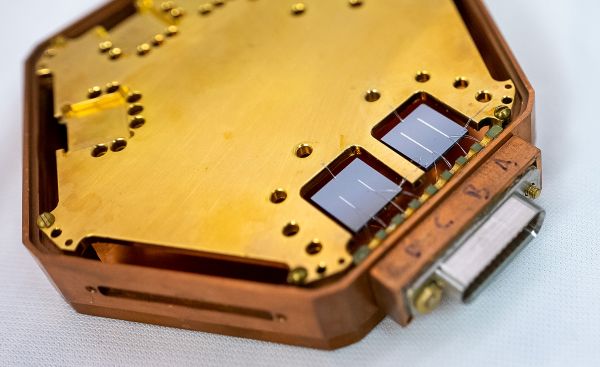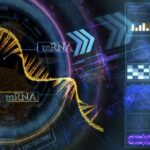Astrophysicists have embarked on many involved and expensive experiments to try and identify a single particle of dark matter. Some, however, are trying to show that dark matter may be many different types of particles, including dark protons, neutrons, electrons and photons interacting in a dark version of electromagnetism. Dark photons unlike regular photons may have mass which could explain how dark matter structures form. The dark neutrons in dark atoms could prove to be more stable than those found in the atoms of regular matter.
What is the current state of experiments seeking to discover dark matter?

Texas A&M is the home of TESSERACT (see above), a project in search of elusive dark matter particles. Researchers working with UC Berkeley have invented and fabricated a dark matter detector unlike any other.
TESSERACT stands for Transition-Edge Sensors with Sub-EV Resolution and Cryogenic Targets. With it, researchers hope to finally detect elusive low-mass dark matter particles. Other dark matter experiments use giant magnets. TESSERACT uses silicon chips, each about one square centimetre.
Why search for low-mass dark matter? Dark matter is associated with two particles, one called WIMPs, and the other, Axions.
WIMPs are Weakly Interacting Massive Particles. Theoreticians believe they may make up 80% of the Universe’s mass.
Axions are light particles with no electric charge and weak interactions with regular matter. They are invisible to experiments using traditional particle physics methodologies.
WIMPs appear to interact through gravity and possibly the weak nuclear force, rather than via electromagnetic and strong nuclear force.
Axions interact gravitationally and electromagnetically. Their minimal interactions make them equally good as a candidate for dark matter.
Researchers believe WIMPs formed during the Big Bang and today form structures like our Milky Way galaxy.
Axions, theorists believe, formed in the early days of the Universe and came about through the decay of axionic strings as explained by proponents of String Theory. Axions are believed to cluster gravitationally but are unobservable.
WIMPs are also unobservable.
So how do you explain two particles we cannot observe? Through simulations with both WIMPs and Axions, helping theoretical physicists to explain what we see in the Universe today, how galaxies form, their distribution, and the nature of other cosmic structures.
Getting back to TESSERACT, physicists are using it to attempt to record collisions through tiny fluctuations in energy detected by its sensors. Unlike most dark matter experiments, which take place in deep mines and underground caverns to block out and filter all the other cosmic particles that rain down on our planet continuously, TESSERACT can operate on or near the surface. This has advantages.
The current TESSERACT experiment has a footprint the size of a phone booth (if you can remember what those are). Plans for a larger version, more than twice the size, are in the works to bring it online by 2029.
It is stated by some theoretical physicists that dark matter will be found at lower energy scales than even WIMPs. The search for a connector linking dark and regular matter is ongoing. Gravity appears to be the only known connector. There are, however, some other theories, including:
- That dark matter interacts with spacetime in a different way than regular matter based on an Einstein-derived field equation known as the Einstein tensor, which bridges geometry and physics and provides the mathematical framework for understanding phenomena like black holes, gravitational waves and cosmological expansion.
- That dark matter interacts with regular matter beyond gravity, based on observations of ultra-faint dwarf galaxies.
- That dark matter interacts with regular matter, mediated by hypothetical particles previously mentioned called dark photons.
The current TESSERACT experiment represents only the beginning effort to detect low-mass dark matter. HeRALD (Helium Roton Apparatus for Light Dark matter) is another experiment that will incorporate TESSERACT with superfluid helium.
SPICE (Sub-ev Polar Interactions Cryogenic Experiment) is a French-based experiment searching for low-mass dark matter using a device containing single crystals of sapphire and gallium arsenide.
Unlocking the mystery of dark matter and bringing it into the light appears to be only a matter of time or spacetime in the third decade of the 21st century.








